There’s a popular saying about children being more interested in the packaging than the gift. The crumpled wrap and cardboard box are somehow more alluring than the contents within. What young child can resist the appeal of a cardboard box? There is good reason for this: that box can be anything – a space rocket; a car; a den; a dolls’ house; a computer. It is something to be repurposed endlessly, limited only by the child’s imagination. For younger children it is a shape and texture to explore; a space to climb in or over; something to poke, crush, bang or stroke.
If you reach back to your own childhood or watch the children in your care play now, what holds the most fascination? Cardboard boxes and gravel? Digging in dirt; sand and water play; boxes and containers; shells, pebbles and rocks; leaves, cones and conkers; building blocks, rope and string, fabric and scarves for den making?
These all have one thing in common; they do not have a fixed purpose in the play context, they are open-ended, they are things that children are free to move around, combine and take apart. They are loose parts.
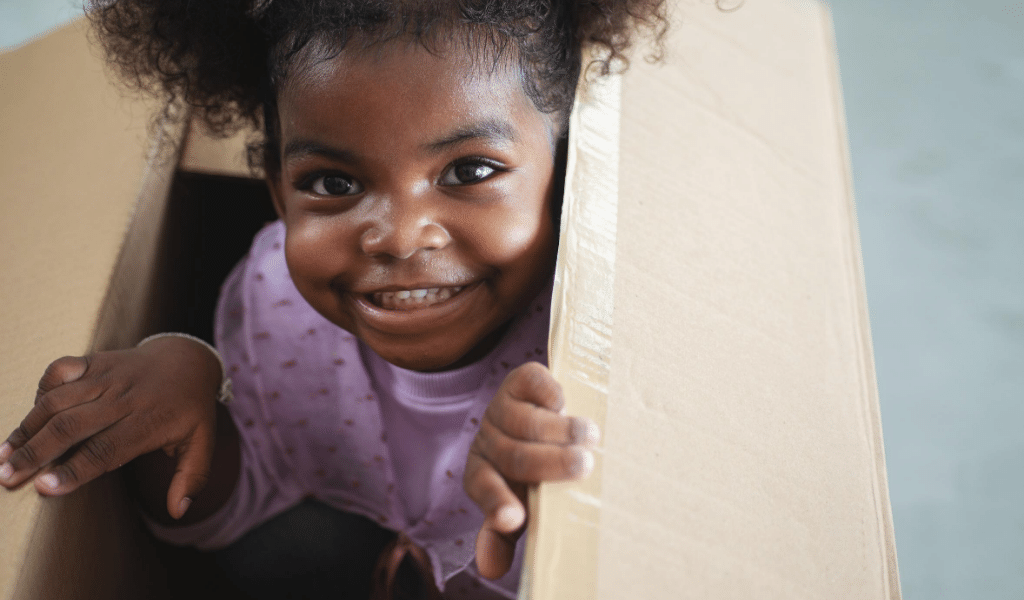
‘Loose parts’ is not a new idea. The value of open-ended, child-led play experiences was recognised by the early child development pioneers, including Froebel, Piaget and Montessori. It is a strong feature of the Reggio Emilia approach and has increased in popularity through the influence of the more recent Curiosity Approach and Hygge in the Early Years programmes.
The ‘Theory of Loose Parts’ was originally proposed by architect, Simon Nicholson, in a journal article in 1971 which stated,
‘’Children love to interact with variables, such as materials and shapes; smells and other physical phenomena, such as electricity, magnetism and gravity; media such as gases and fluids; sounds, music, motion; chemical interactions, cooking and fire; and other humans, and animals, plants, words, concepts and ideas. With all these things all children love to play, experiment, discover and invent and have fun. All these things have one thing in common, which is variables or ‘loose parts… In any environment, both the degree of inventiveness and creativity, and the possibility of discovery, are directly proportional to the number and kind of variables in it.
Being able to engage in hands-on, open-ended, self-directed play supports children’s intellectual development and their understanding of the world they live in.
Jean Piaget’s theory of cognitive development says that, ‘’through their manipulation, exploration and investigations children build up a mental picture of their world and develop an understanding of abstract concepts and symbolism’’.
Loose parts are the perfect medium for this kind of play as there are no instructions or directions; no rules to restrict a child’s imagination or curiosity. Children are learning directly from their own experiences.

Through playing with loose parts children challenge themselves to their limits, physically and emotionally. There are no wrong or right ways to play so the fear of making a mistake is removed, enabling children to explore their ideas and abilities without anxiety.
Loose parts encourage movement and manipulation, helping children to develop their physical skills and abilities and continually put these to the test. Children will stack and climb, jump and leap, create obstacle courses, squeeze into small spaces, hide and seek, crawl and creep, swing and spin. In doing all these things they begin to learn about their own capabilities, about danger and how to assess the risk for themselves. They will problem solve, create their own rules and learn how to keep themselves safe.
With very young children loose parts play will be a mainly solitary experience but as they develop socially and emotionally, they will begin to play first alongside, and then with other children. There is usually less of an issue of possession and sharing with loose parts, as they are generally available in multiple and copious quantities. No fighting over who gets to play with the piece of drainpipe or the cardboard box, in the way that you might have children arguing over the yellow car or blue buggy. Even when there is a dispute, the nature of loose parts seems to support discussions around compromise in a way that prized toys never do.
Loose parts foster skills of cooperation, negotiation and teamwork, for example, when a child realises a plank is too heavy to carry alone and asks a friend to help; or children building a den help to hold pieces in place as their friends add new parts; working out how to solve problems together; sharing and testing out their ideas and theories.
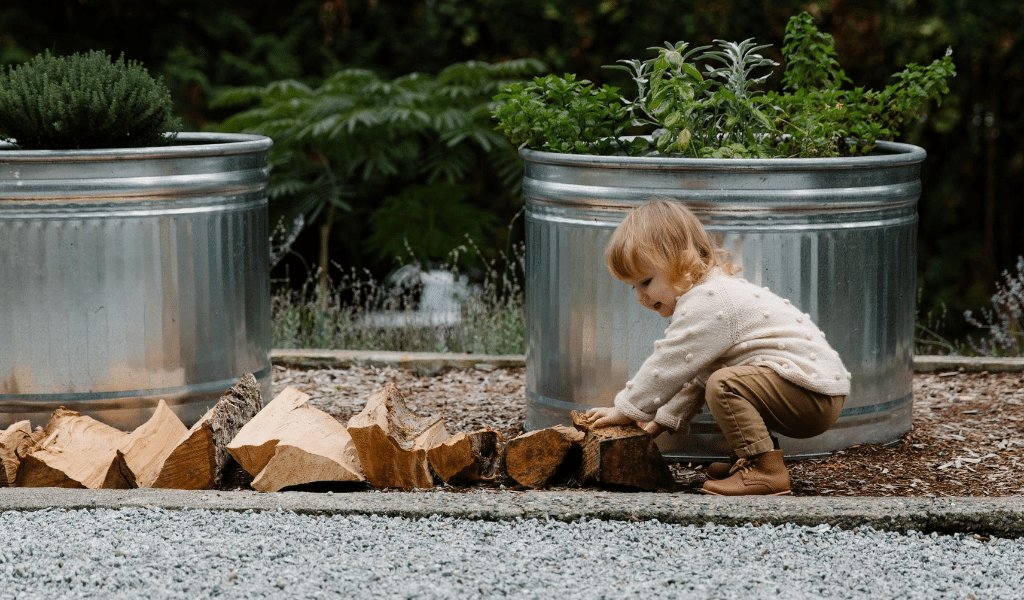
Loose parts play supports the seven EYFS areas of learning and development, for example:
Personal, social and emotional development
Physical Development
Communication, Language and Literacy
Maths
Understanding the World
Expressive Art & Design
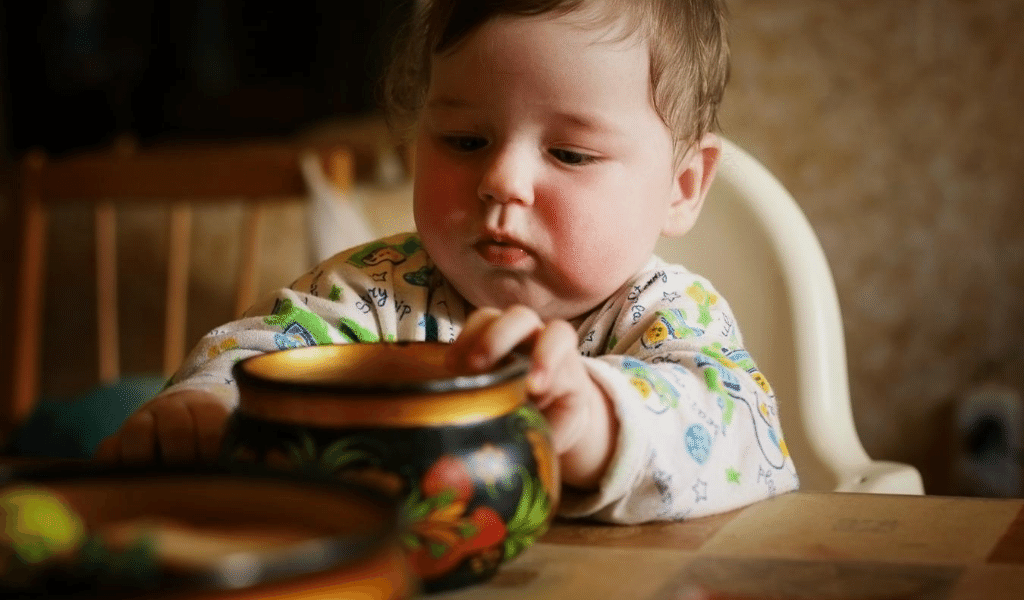
When exploring loose parts children are learning how to learn. Loose parts promote a positive attitude to learning because the child is in charge of that learning and the direction they want to follow. During loose parts play children display many characteristics of effective learning, for example, they are:
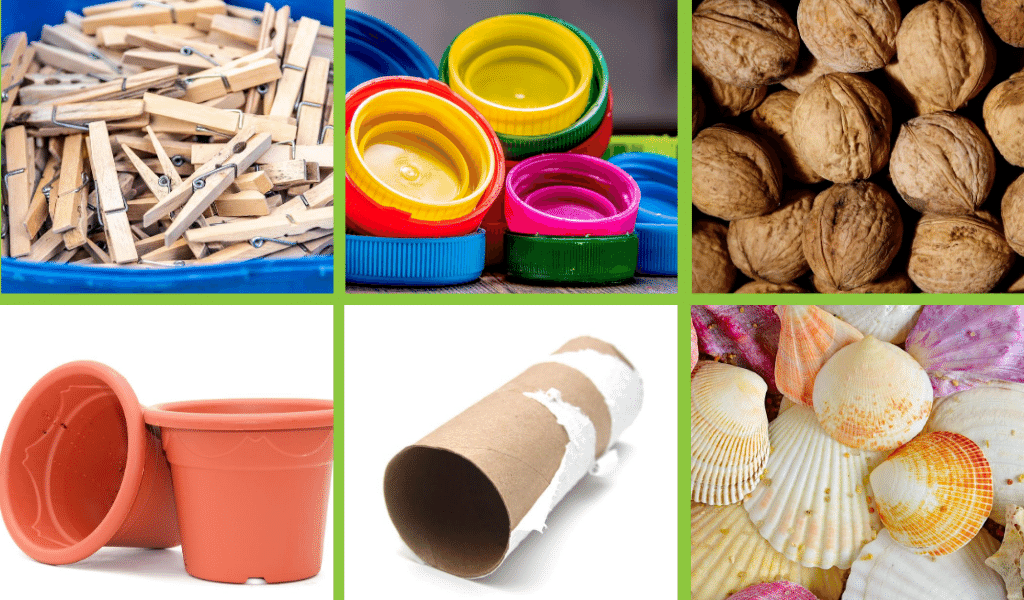
One of the great things about loose parts is that you probably have them already and if not, you can obtain them at very low cost, or even for free. There is no need to go out and buy expensive resources. Whilst the aesthetics of Grimm’s rainbows and turned wood may be pleasing to the adults, the children are far less fussy!
A loose part is any item that can be moved, carried, lined up, combined or taken apart. It can be made of any material and some of the best loose parts come out of the recycling bin! So look out for:
Loose parts can be seasonal so think about using:
Good sources for containers include:
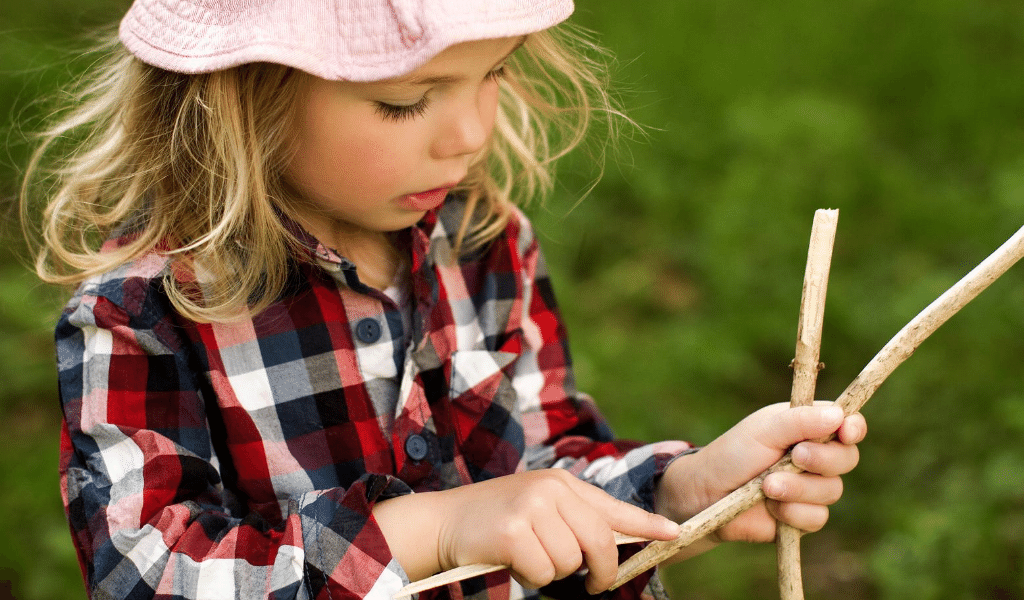
And don’t forget, you can:
I once had a repair to the door seal on my freezer and the engineer stripped out the magnets from the old seal which the children quickly took possession of. Children will also use existing toys as loose parts: small world figures; play food; cars; building bricks and anything else than can be transported. These can all be repurposed as required.
If you have not yet embraced loose parts play in your setting, I hope this blog has helped you to understand why you should consider it. The Ofsted Early Years Inspection Handbook refers to settings providing children with experiences that generate awe and wonder. I can think of no better way than this.

About Rebecca Martland
Rebecca has 20 years’ experience in the early years sector: as a childminder, she has received an Outstanding grade from Ofsted for four consecutive inspections. She is an Early Years consultant, trainer, author and Nursery World Awards judge. She is also a qualified teacher and Early Years Professional.